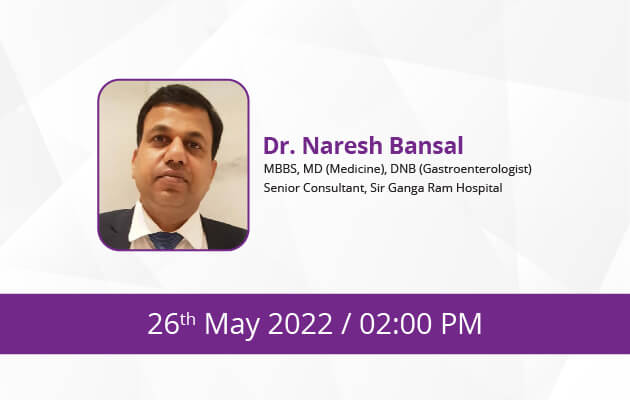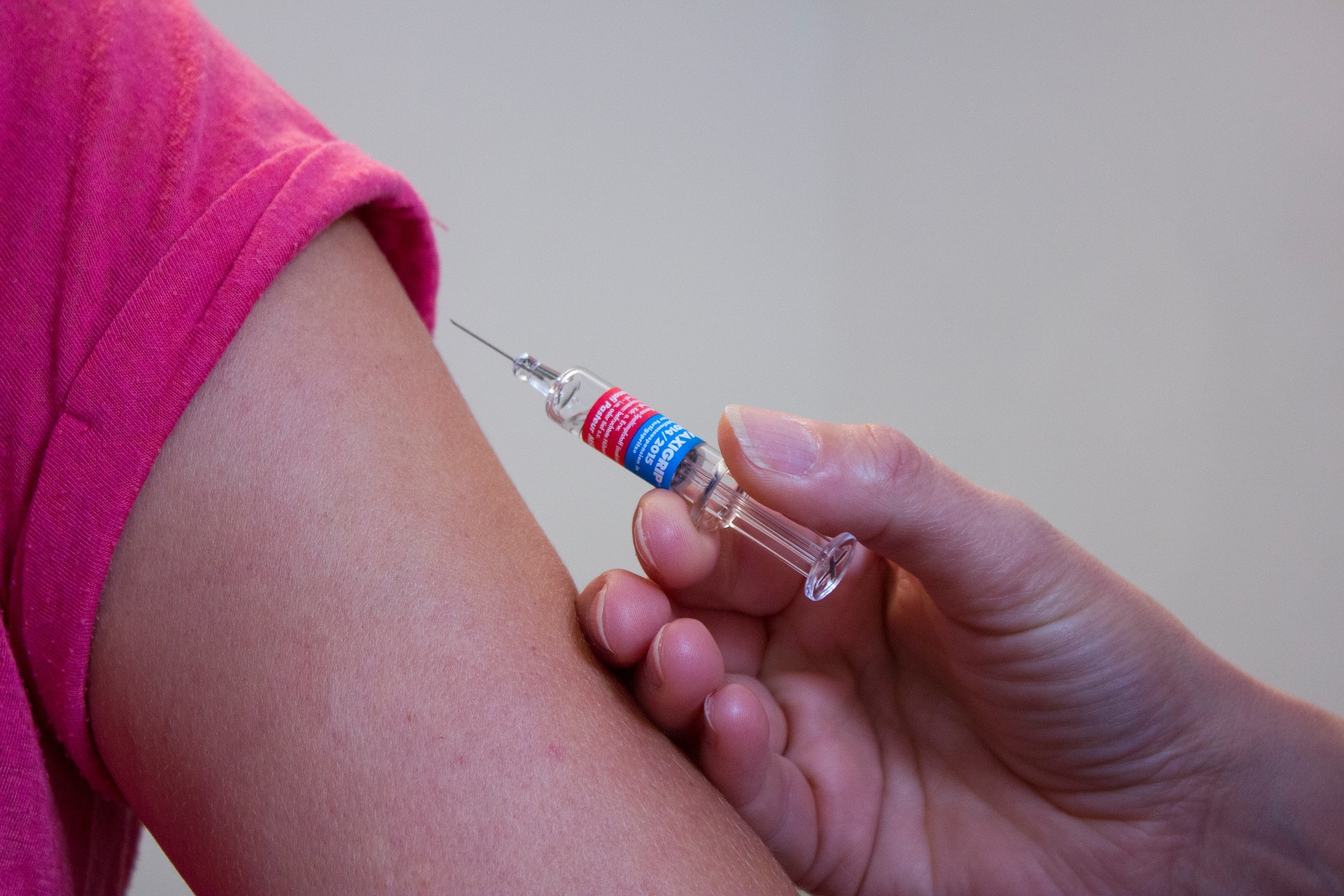
Trends in non-alcoholic fatty liver disease (NAFLD) at the global levels
Non-alcoholic fatty liver disease (NAFLD) is the term for a range of conditions caused by a build-up of fat in the liver. It's usually seen in people who are overweight or obese. A healthy liver should contain little or no fat. Having high levels of fat in your liver is also associated with an increased risk of serious health problems, such as diabetes, high blood pressure and kidney disease. Non-alcoholic fatty liver disease is the leading cause of end-stage liver diseases worldwide.
Arising from the accumulation of fat in the liver, NAFLD and its more severe form, non-alcoholic steatohepatitis (NASH), are responsible for a growing proportion of advanced liver disease. The condition is often associated with obesity and metabolic syndrome, as reflected in the new term MAFLD. As a result of inflammation, it can lead to the buildup of scar tissue (fibrosis), cirrhosis (advanced scarring) and even liver cancer. With no effective approved medical therapies, disease management is dependent on lifestyle changes, such as weight loss and exercise.
NAFLD prevalence is increasing worldwide and the disease is being diagnosed in all parts of the world. The highest prevalence was observed in North Africa and the Middle East, while the greatest increase was detected in Western Europe and North America. This dramatic and significant increase in NAFLD prevalence is alarming and suggests that NAFLD has emerged as a new public health concern worldwide. More efficient prevention strategies are urgently needed.
How India is fighting this disease?
NAFLD is a condition where the liver has fat accumulation and could lead to Non-Alcoholic steatohepatitis (NASH) a progressive disease of the liver. Over 20 years, the global burden of NASH has more than doubled from 40 lakh prevalent cases of compensated cirrhosis in 1990 to 94 lakh cases in 2017. This is a disease that is highly prevalent with 10-30 percent of the global population being affected by it.
India’s NASH prevalence is estimated at 25 percent of the population and ranks as a major cause of cirrhosis, hepatitis C and alcoholic liver disease. A liver transplant is the only option for managing advanced cirrhosis with liver failure. Saroglitazar Mg has been approved for the treatment of both NAFLD and NASH in India. With its unique mechanism of action that enables it to regulate both insulin & lipid metabolism, we started exploring other treatment options for other unmet healthcare needs as well. Almost 1.5 million patients benefited from this drug and it was an indication that Saroglitazar Mg could provide hope and better quality of life for patients in India.

















